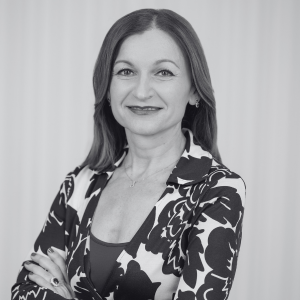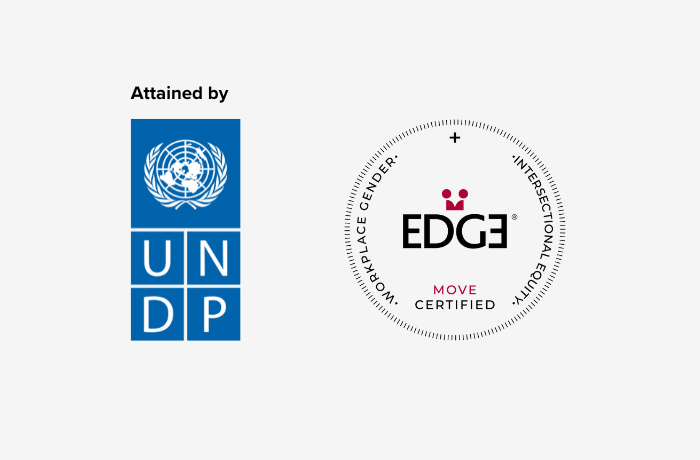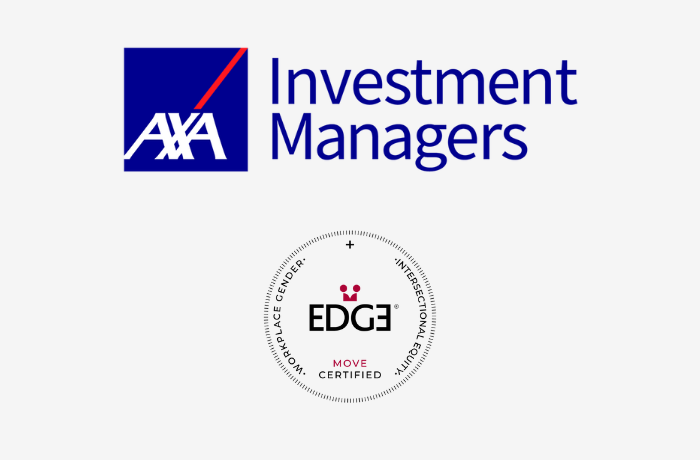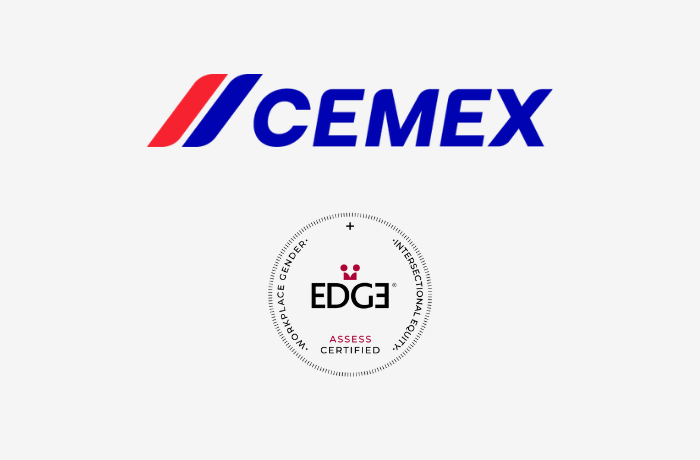Listen to the article: This article also comes with an audio file, located at the bottom of the page
Technology is everywhere, from playrooms to boardrooms. But people – individuals – are the hands, hearts, and minds of an organization. Every person is unique and has a distinct identity with defined characteristics. As result, workplace life is not homogenous, but beautifully and richly heterogenous. It is certainly rarely, if ever, binary, where choices can be said to be either one way or its direct opposite.
Years ago, conversations tended to revolve solely around workplace gender equality. The aim of EDGE Certified Foundation then, as it is now, was to make workplaces more gender equal. But times and perspectives have moved on and we need to no longer think of the workplace as being staffed by homogenous groups of ‘men’ and homogenous groups of ‘women’ with those in either grouping being identical in every way.
It is logical that for practical reasons organizations consider and categorize people by their sex at birth – their gender. HR systems in organizations are set to manage this binary view and people can be lawfully tracked accordingly, regardless of geographical location or industrial sector. It’s fair to say that statistical analysis by gender is universal.
But the realization is dawning on organizations that the terms ‘male’ and ‘female’ oversimplify matters, and that those within these two groups have very diverse cognitive identities, behaviours and expectations.
Put simply, in addition to physical gender, each one of us possesses individual identifiers based on, for example, gender identity, sexual orientation, ethnic background and origin, age, abilities and disabilities, as well as nationality. Each of these traits makes it a nonsense to consider a workforce as being homogenous precisely because the identity of each one of us is wonderfully complex and clearly differentiated.
Consider everything
It important to acknowledge all components of an individual’s identity as each can shape a contribution to the workplace just as much it can shape an employee’s experience of the workplace. By removing homogeneity and looking at an individual’s own and unique traits – known conceptually as ‘intersectional equity’ – we can expressly recognize the differences that determine how a person experiences their time in, and contribution to, the workplace.
But in recognizing individual uniqueness, we should not be restricted to looking at each one of us through one defined prism at a time (e.g., age, sex, skin colour and nationality for example) either. Rather, we should consider all of our traits in their dynamic interaction.
So, how do we consider what makes up our amazingly complex and phenomenally rich identities?
When EDGE Certified Foundation launched EDGEplus in 2020, we found it interesting that gender at birth is usually disclosed by default, but that other elements that make up an individual’s identity are not. The rationale is that it might be considered an imposition to ask an individual, in the context of a professional environment, about elements of their identity that may be perceived as being very intimate and private to them.
It makes sense that there are many areas of a person’s life that they may wish to keep private – their socio-economic background and religion, for example, as well as those previously highlighted as our individual ‘identifiers’.
But beyond the desire to maintain privacy is the very real concern held by people that the more an employer knows about such aspects of our identity, the higher the risk of a potential discrimination to occur. And in some cases – still too many, and still too often – this is exactly what happens.
However, that doesn’t have to be so, and change can and shall happen.

It’s essential to recognize that while aspects of diversity may be important, they do differ according to operational geography, specificities of the available talent pool, and business focus
A personalized experience
We have now moved away from the worry of workplace discrimination to a belief in information being used to create a more personalized workplace experience. The UK Government, for example, has moved from the stance of not seeking to have organizations measure gaps in pay relating to gender, race, and ethnicity to the exact opposite – a legally prescribed requirement to measure and disclose.
The beauty of this concept – this intersectionality – is that it considers people holistically and has the power to change the moral contract that individuals maintain with their employer. They see that disclosure of this information can lead to the customization of careers and more personalized workplace experiences. Rather than holding them back, it is something that can support their advancement and development in a highly personalized way.
So, armed with an understanding of how important intersectionality is in the workplace, we now invite organizations to add additional layers, based on diversity, to the analysis of their workplaces. This adds depth and completes the binary view based on gender – which is, as we have said, universal and can be measured in the same way across the globe.
It’s essential to recognize that while aspects of diversity may be important, they do differ according to operational geography, specificities of the available talent pool, and business focus. By extension, some personality traits may be perceived as more pressing to organizations than others, but for best results, the whole spectrum of traits should be analyzed.
Ask for views
Practically speaking, the starting point for determining intersectional equity is to ask employees across the whole diversity spectrum for their opinions about their experience of the workplace. But it should be done in such a way as to be anonymous so that all can participate freely. Organizations may find it interesting to see who engages and who shares both their frustrations and positive thoughts.
Organizations will find it highly relevant on which topics the views or experiences of different groups converge and where they diverge. And, needless to say, organizations will need to customize their questions according to geographical location and to account for local specificities as responses will differ across the world. The results have the potential to be very illuminating.
Consider gender identity. There are unique layers of complexity in relation to gender identity and non-binary gender identity in the Silicon Valley compared to that found in the rest of the US, or elsewhere in the world for example. This makes it critically important to make the discovery process very personal. Success very much depends on choosing the identity categories that matter and examining the results for similarities and differences. Organizations armed with such knowledge, can review their policies and practices to craft a highly tailored and highly inclusive approach.
Obviously, employees need to be assured that this disclosed information about their identities is protected so that, for example, personal self-disclosed aspects of their identity are only accessible by a Chief Diversity Officer, CHRO, and maybe one other person.
Indeed, it is fundamental that employees feel that those who make day-to-day decisions on matters such as salary, promotions, and on leadership trajectories, cannot access this sensitive information and that it is only used to define their experience in the workplace and for no other purpose.
A brand-new world
EDGE Certification is now in a very different place to where it was previously. Clients once chose EDGEplus analysis to look at gender and race/ethnicity only.
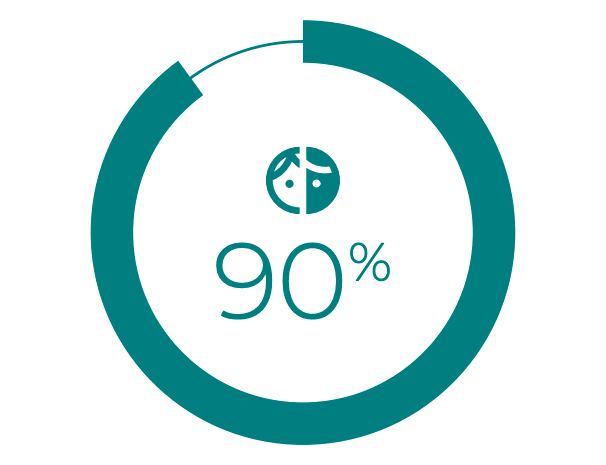
Now the vast majority of EDGEplus Certified organizations – some 90% – run a full diversity spectrum employee survey.
We are confident that a full diversity spectrum policies and practices review and full diversity spectrum statistics will follow and organizations will adopt the same rigour and discipline in tackling intersectional equity as they do for gender.
